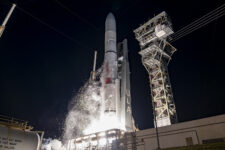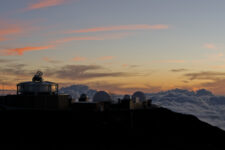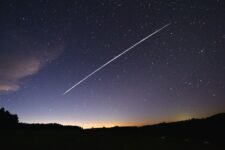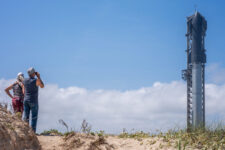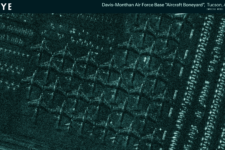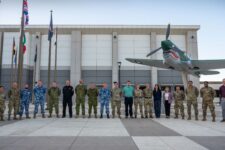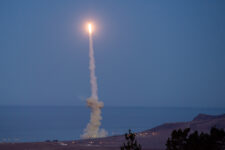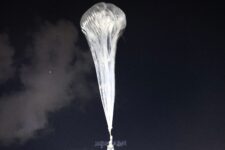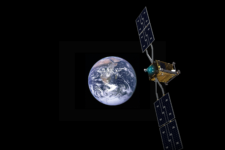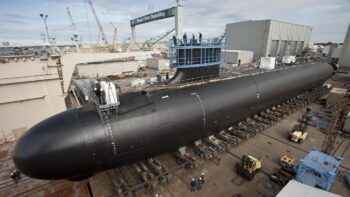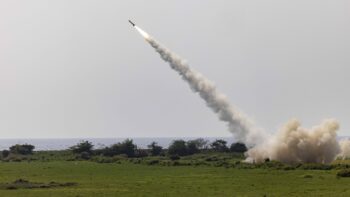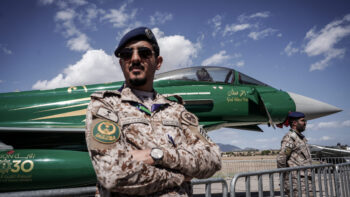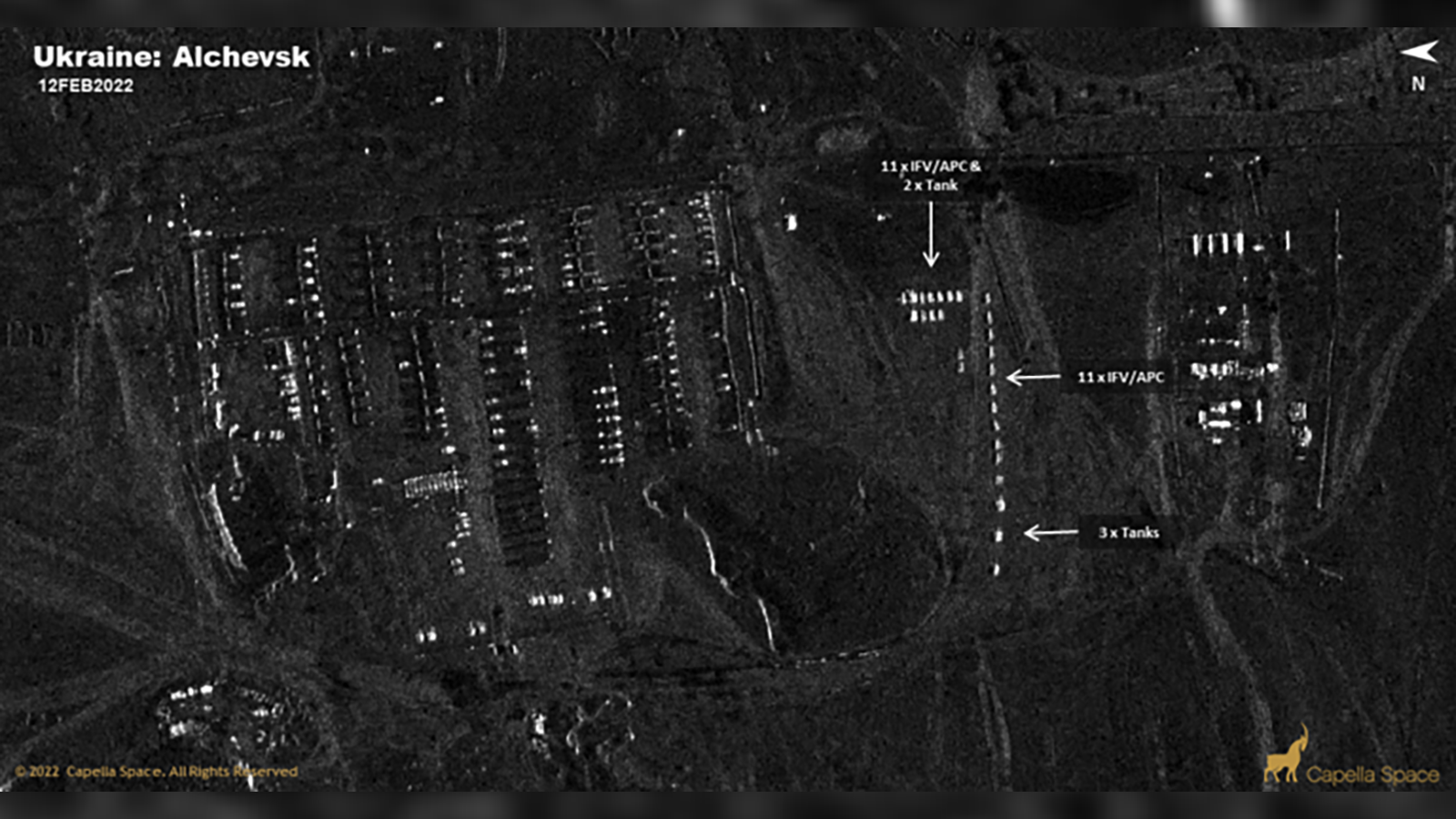
Satellite imagery from Capella Space appears to show armor build-up in Ukraine on Feb. 12, 2022. (Capella Space)
GEOINT 2022: Synthetic aperture radar (SAR) satellite startup Capella Space has raised $97 million in new funding, the company announced today, allowing it to expand its capabilities to provide analytical products — including images showing changes over time at a targeted ground site.
“That’s one of the superpowers of SAR: to be able to see changes and be able to do so reliably,” Capella CEO Payam Banazadeh told Breaking Defense.
SAR satellites, unlike remote sensing satellites using electro-optical cameras, can provide “images” at night and through cloud cover.
The influx of cash also will be used to help fund the firm’s next generation of higher resolution SAR-sats, which Banazadeh said will launch sometime in the first half of 2023. The company’s current constellation of seven satellites have a highest ground resolution of 0.5 meters.
Near real-time “change detection” from space is is a bit of a holy grail for US intelligence agencies as they keep tabs on adversary activities, as well as a critical foundation for all-domain operations under the Pentagon’s Joint Warfighting Concept. Capella already is under a study contract with the National Reconnaissance Office for its SAR satellite imagery, and is providing its analytical products to the National Geospatial-Intelligence Agency.
The Series C funding round, with investment from venture capital firms NightDragon, DCVC and Cota Capital, has helped Capella launch three new analytical products: Vessel Detection, Change Detection and Global Change Monitoring. Customers can access these new applications via the Capella Console, which is a “self-serve, automated satellite tasking platform,” according to a company press release issued at the start of the annual USGIF GEOINT conference in Denver.
Banazadeh explained that the Change Detection application uses the European Space Agency’s Sentinel 1 satellites for wide-area monitoring, and Capella’s own satellites to focus in on areas of customer interest, such as an adversary’s missile launch facility.
For the customer, Banazadeh added, the most interesting thing is that the process is automated and proactive.
“Our customers can set an area of interest that they want to just want monitor in the background,” he said. “We monitor that using Sentinel 1. And then they can set up certain thresholds and certain requirements so that when there is a change, then we can automatically task our own satellite and be able to look closer to that change.”
Currently, the constellation can re-image most of the Earth about every three hours, Banazadeh said, but that will increase as the size of Capella’s constellation goes up.
The company in the past has said that it is aiming for some 36 satellites to complete its constellation. But, Banazadeh said, how many satellites Capella eventually launches depends on customer demand for faster and faster revisit rates.
“We can be hundreds if there is a customer that wants to monitor a place in real time, you know, every few minutes,” he said. “There’s no limit.”
